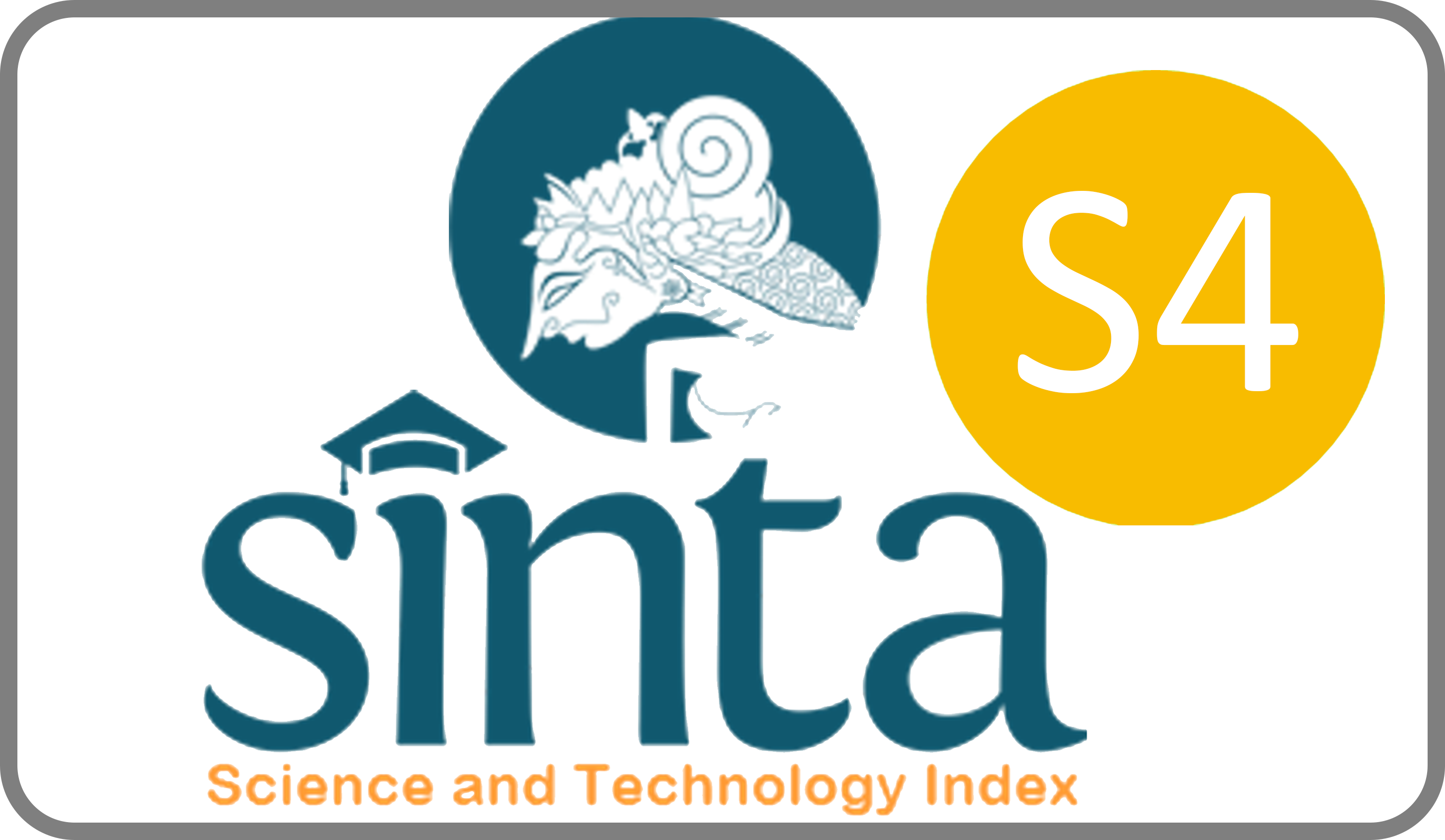REBOISASI JALUR LINGKAR WILIS: SEBUAH USAHA MEMPERTAHANKAN DAERAH RESAPAN AIR DI KABUPATEN TULUNGAGUNG JAWA TIMUR
Downloads
Jalur Lingkar Wilis is a road which is connecting six cities in East Java Province, throughout Nganjuk, Ponorogo, Madiun, Tulungagung, Trenggalek, and Kediri. This road was placed along the foothill of Wilis Mountain which is this location was part of a protected forest and located in Geger Village, Sendang Sub – District. Therefore, some parts of protected forests face deforestation as the consequence of the Jalur Lingkar Wilis construction. This deforestation made the total of trees in Wilis Mountain decrease to worried conditions and cause the water absorption area in Tulungagung also fall on decreation. According to this condition, it takes awareness from all of the stakeholders to maintain the water absorption area through reforestation. This activity is in collaboration between Universitas Airlangga students with Perhutani, KPHLS Sendang, and Tulungagung Society to prepare and execute this reforestation. By the reforestation 220 trees were planted along the Jalur Lingkar Wilis. The reforestation is expected to prevent the protected forest area in Wilis Mountain from environmental damage as the consequence of Jalur Lingkar Wilis construction and also protect the water availability in Tulungagung.
abstrak
Jalur Lingkar Wilis adalah jalur yang menghubungkan enam kabupaten di Jawa Timur, mulai dari Kabupaten Nganjuk, Ponorogo, Kabupaten Madiun, Tulungagung, Trenggalek, dan Kediri. Jalur ini melewati daerah kaki Gunung Wilis yang merupakan daerah hutan lindung yang terletak di Desa Geger, Kecamatan Sendang. Hal ini membuat sebagian wilayah dari hutan lindung harus mengalami penggundulan sebagai konsekuensi dari pembangunan Jalur Lingkar Wilis. Sehingga pohon-pohon di sekitar Jalur Lingkar Wilis mengalami penurunan jumlah yang mengkhawatirkan. Permasalahan tersebut menyebabkan daerah resapan air di Kabupaten Tulungagung mengalami penurunan, sehingga diperlukan kesadaran semua pihak untuk mengembalikan dan mempertahankan daerah resapan air dengan cara reboisasi. Kegiatan ini merupakan kerjasama mahasiswa Universitas Airlangga dengan Perhutani, KPHLS Tulungagung, dan Tulungagung Society. Hasil dari kegiatan reboisasi ini tertanam sejumlah 220 bibit pohon pule, petai, nangka, dan alpukat di sepanjang Jalur Lingkar Wilis. Adanya kegiatan ini diharapkan wilayah hutan lindung kaki Gunung Wilis terhindar dari kerusakan akibat pembangunan Jalur Lingkar Wilis dan ketersediaan air di Kabupaten Tulungagung terus terjaga.
Gunawan, S. A., Prasetyo, Y., & Amarrohman , F. J. (2016). Studi Penentuan Kawasan Resapan Air Pada Wilayah Das Banjir Kanal Timur . Jurnal Geodesi Undip, 125-135.
Kusumaningtyas, R., Ivan C. 2013. Pengelolaan Hutan Dalam Mengatasi Alih Fungsi Lahan Hutan Di Wilayah Kabupaten Subang. Jurnal Perencanaan Wilayah dan Kota, 13(2):2-11.
Sumedi, N., Hasanu S., Djuwantoko. 2012. Strategi Pengelolaan Pegunungan Jawa : Studi Kasus Pegunungan Dieng Jawa Tengah, Indonesia. Jurnal Penelitian Kehutanan Wallacea 1(1): 36-49
Suryani, Ade Irma. (2017). Reboisasi/Penghijauan (Peran Serta Masyarakat Dalam Penanggulangan Bencana Longsor). Jurnal Penelitian, Terapan Ilmu Geografi, dan Pendidikan Geografi, 1-9.
Pemerintah Desa Geger. (2019). Profil Desa Geger. Retrieved 7 20, 2020, from geger.tulungagungdaring.id: http://www.geger.tulungagungdaring.id/profil
JLM by Unair is licensed under a Creative Commons Attribution-ShareAlike 4.0 International License.
1. The journal allows the author to hold the copyright of the article without restrictions.
2. The journal allows the author(s) to retain publishing rights without restrictions
3. The legal formal aspect of journal publication accessibility refers to Creative Commons Attribution Share-Alike (CC BY-SA).
4. The Creative Commons Attribution Share-Alike (CC BY-SA) license allows re-distribution and re-use of a licensed work on the conditions that the creator is appropriately credited and that any derivative work is made available under "the same, similar or a compatible license”. Other than the conditions mentioned above, the editorial board is not responsible for copyright violation.


















